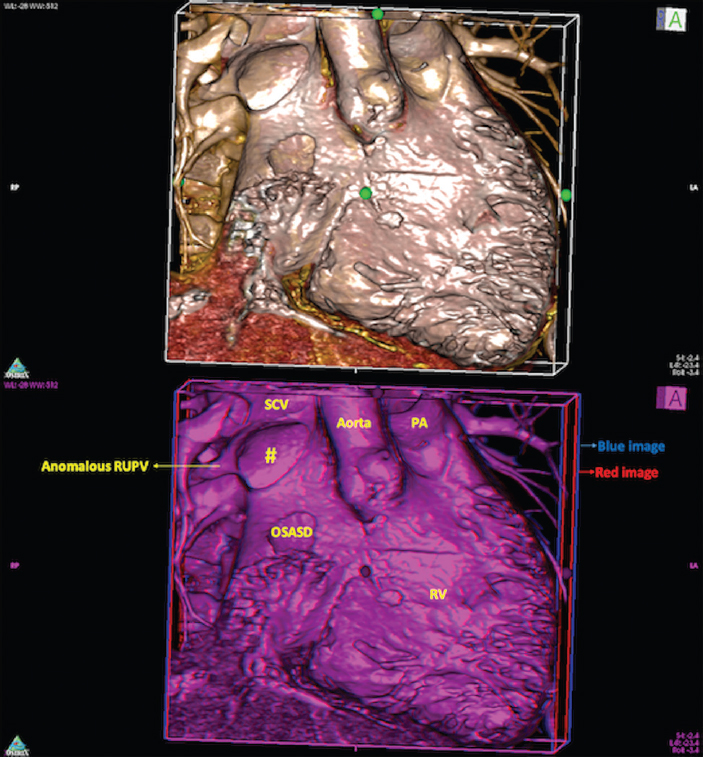Translate this page into:
Stereo virtual dissection: An innovative 3D visualization technique
*For correspondence: drsaurabhmd@gmail.com
-
Received: ,
This is an open access journal, and articles are distributed under the terms of the Creative Commons Attribution-NonCommercial-ShareAlike 4.0 License, which allows others to remix, tweak, and build upon the work non-commercially, as long as appropriate credit is given and the new creations are licensed under the identical terms.
This article was originally published by Wolters Kluwer - Medknow and was migrated to Scientific Scholar after the change of Publisher.
Contrary to common belief, human beings do not have the 3D vision. Instead, it is the depth perception which creates an illusion of the third dimension. The depth perception necessitates different perspectives of an image reaching our left and right eye, respectively.
This innovation, 'stereo virtual dissection' was developed by the author in the department of Cardiology, All India Institute of Medical Sciences, New Delhi, India, in 2019. An open source Mac-based software, Horos, was used to create a closely overlapping red and blue set of virtual dissection images from computed tomographic angiography. These images, when seen using a red-blue anaglyph glass, send out colour as separated dissimilar inputs to each eye which in turn permits enhanced perception of the third dimension (Figure and Video). Moreover, the depth perception is preserved in the printed format of the anaglyph images.

- Virtual dissection (upper panel) and stereo virtual dissection image (lower panel) from a patient with sinus venous defect (#) and a small ostium secundum atrial septal defect. The lower panel when viewed using red-blue anaglyph image, on screen or in print version, provides enhanced 3D visualization of intracardiac anatomy with in-built depth perception. PA, pulmonary artery; RV, right ventricle; SCV, superior caval vein; RUPV, right upper pulmonary vein.
There are obvious advantages of such enhanced 3D visualization in medical education and clinical decision-making. Currently, being tested for cardiac imaging, a similar approach is likely to be useful in other fields of medicine.
 Video available at ijmr.org.in.
Video available at ijmr.org.in.
Conflicts of Interest: None.





